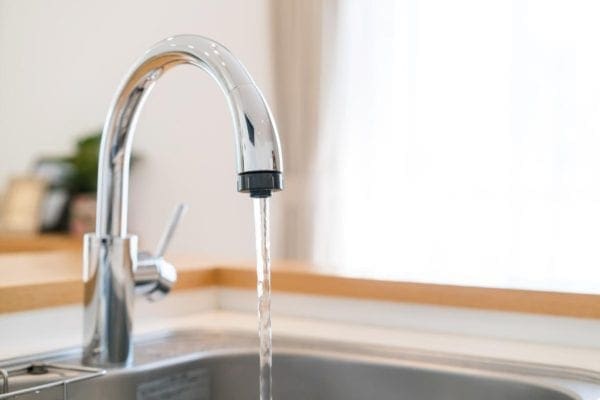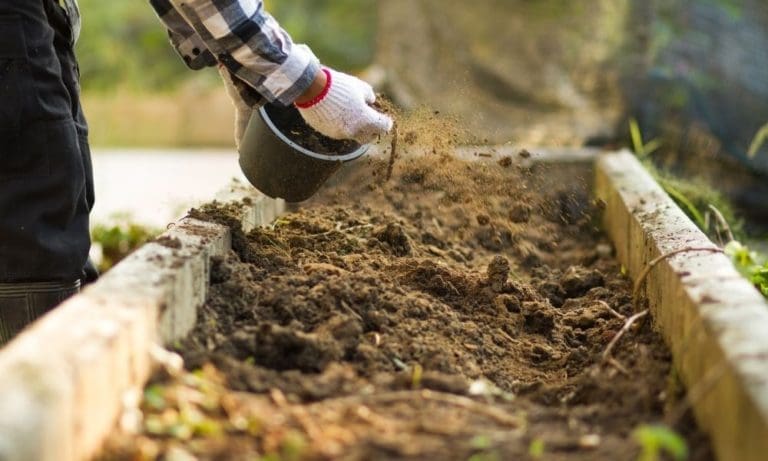Understanding Water Quality: What Is in Tap Water?
Ever wonder exactly what is in tap water? This in-depth article breaks down the science behind tap water quality and whether or not you need a filter.

After 20 million tests done by the Environmental Working Group (EWG) over 316 contaminants were discovered in drinking water across 45 states.
Of the chemicals found, 202 chemicals were not regulated by the government at the time.
Although ongoing efforts are being made by the Environmental Protection Agency (EPA), you can never be too sure that your tap water is free of contaminants.
Want to protect your family from potential health risks? The water from your faucet may appear clear and refreshing but take a moment to learn about what is in tap water before taking a sip. Read on to discover why you shouldn’t trust unfiltered tap water.
What Is in Tap Water?
The water that flows out of your tap travels quite a distance before it reaches your home. Along the way, it can collect some pretty nasty stuff.
Most of your tap water starts out from one of two places. Either as surface water from reservoirs, lakes, and rivers. Or from groundwater such as artesian and deep wells. Next, much of our water typically goes through a disinfecting process.
This can include the use of chemicals like chlorine to kill harmful bacteria and parasites. However, tap water isn’t guaranteed to be safe. Your tap water may still have trace amounts of dangerous chemicals and disease-causing bacteria. This can come from some gross things like animal and human feces.
Don’t Trust Your Tap Water
Your tap water will most likely have dangerous chemicals such as liquified chlorine, fluorosilicic, and aluminum sulfate. These chemicals are put into your water in order to make it safe. However, the long term effects of drinking even small doses of these chemicals could cause major health problems.
Once your water leaves the source, it may be relatively clean. However, it then travels through the water system, including old pipes to get to your home. Bacteria within the pipes such as protozoa may potentially cause illness. The water may also contain harmful toxins such as hormones, toxic metal salts such as arsenic, and pesticides.
Perchlorate is another chemical that is used in explosives, rocket fuel, and road flares. Unfortunately, many states are now finding it in their tap water.
The only way to know for sure what your tap water has in it is to get your water tested. This can be done using a Total Dissolved Solids (TDS) meter. It will give you an instant reading of what your water contains. The readout will be in parts per million (ppm).
Why Is Flouride Bad?
For decades, fluoride has been added to water with the goal of preventing tooth decay. However, over the years many studies have shown that fluoride can cause health problems when ingested over a period of time. Especially for developing children.
Fluoride is also found in things like our toothpaste and mouthwash. It can also be found naturally occurring in soil. Yet there are concerns about fluoride’s effect on neurological development when consumed in larger doses. Plus, it is known to have negative effects on the endocrine system and our hormones.
For some, excessive fluoride has been known to affect the thyroid by damaging the parathyroid gland. This can lead to other health problems such as the depletion of calcium and loss of bone mass.
Herbicides Enter Water
When farmers use pesticides on their crops, the runoff enters our drinking water by seeping into the ground during rainfall. This will wash contaminated water into our lakes and rivers. Water can travel pretty far from these sources and end up in our tap.
This is one of the many reasons why a house water filter system is essential. These types of systems will eliminate many harmful chemicals. You’ll be able to have peace of mind when you drink from your tap.
Heavy Metals
It is common to find some heavy metals in your tap water that are cause for concern. Lead is found in tap water and public drinking water due to corrosion in household plumbing. Copper is another metal found in water from homes built before 1970. There is also some natural erosion that occurs, which will deposit lead into your water.
Mercury is a common metal that can make its way into your drinking water. There are a number of ways that it gets into your water. Some of which are due to factories and refineries. Natural deposits are another contributing factor.
Further amounts can come from land runoff and cropland runoff. It’s difficult to say exactly where the metals in your water are coming from for sure.
Natural Yet Harmful?
It is possible for some of these chemicals and metals to be natural, yet harmful in high doses.
Some toxins that are naturally occurring in the ground will end up in our tap water. If your particular region has traces of these chemicals, then continuous exposure can cause harmfully high levels in your water.
For example, nitrates are often found in soil at low levels. However, due to their highly concentrated use as fertilizer by factory farms, you may find unhealthy amounts in your tap water.
Drugs in Water
You may have heard that traces of pharmaceuticals and prescription drugs are making their way into our drinking water. This happens due to the inappropriate disposal of drugs either by flushing them down the toilet or pouring them down the drain.
It also is a sign of poorly controlled manufacturing facilities. They also spread through the water systems from being present in human waste.
Is Your Water Safe?
It remains to be seen the full effects that these chemicals and toxins have on our health. Either way, the long term effects of ingesting harmful metals and poisonous chemicals can’t be good.
That’s why it’s so important to drink safe water that has been filtered. Without knowing the safety of your tap water, you are risking you and your family’s health.
It’s not just the water that you drink but also water that you cook and bathe in that is entering into your body. You may not even realize how much of these chemicals you are being exposed to on a daily basis.
Quench Your Thirst
Now that you know what could be lurking in your tap water, you’re probably wondering what you can do to protect your family and yourself. Luckily there are ways to remove the majority of these chemicals from your home’s water by using a filtration system.
What is in tap water, doesn’t have to be in the water you drink. Purchasing a high-quality filter can reduce your exposure to these dangerous toxins.
Want to learn more helpful tips and advice on a budget? Keep browsing our blog for more articles.









